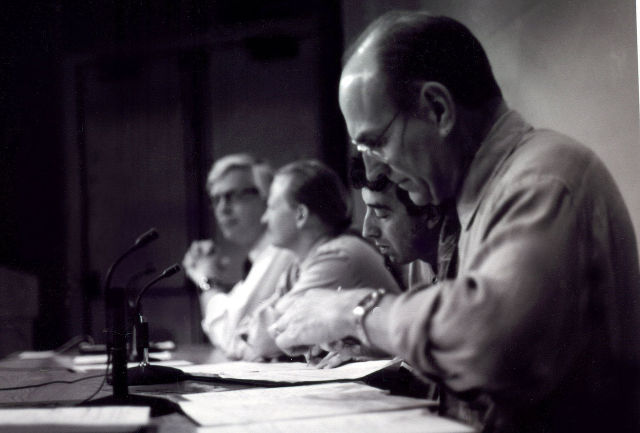
Increase a Message’s Personal Significance to Improve its Recall
I am a firm believer that a person’s personal perception is their reality regardless of the underlying facts. Because of the perception issues, the primary speaker should alter their approach to accommodate the audience members and not expect the audience to adjust to the speaker’s preferred way of communicating. When we do this, too much is left open to chance and poor understanding. The speaker can say whatever they want, but is the communication being received in the way that is wanted or needed? We may even believe that we are clear and compelling with our statements, but all that information is being processed through the receiving person’s perceptions and beliefs.
Knowing how few details are retained by communication participants allows us to adapt the content in ways to increase the likelihood the messages correctly understood and retained in more detail.
I am not an expert in effective communication practices, but I think about these issues as part of my preparation. I start by asking myself a few basic questions and writing down the answers. I can look at these answers and tweak the approach to improve my results.
What are the key messages or information I want the group or person to understand and retain?
I keep this list as short as possible. I prefer only one or two items as it helps with clarity, and too many concepts dilute the significance of the most important message.
How are these messages personally relevant to each participant?
Before I go into the meeting details, I want each person to understand why the content matters to them. I explain how the information relates to their individual goals, desires or needs. This takes time and forces me to understand the situations of my fellow participants. If I cannot help them understand how the material is personally significant for them, then I should expect poor understanding, little recall, and nearly no follow-through. When the avenues of personal significance are divergent for the group members, I meet in advance with individual members to discuss how the content is of particular importance for them. With this already done, I spend only a short amount of time in the meeting as a refresher on the relevance for each person.
How will I know that each person understands what I plan on saying?
Having a good meeting etiquette and an organizational process is a given for most leaders. This includes having a command of the information they plan on sharing, practicing the delivery, and possessing positive body language. If these elements are missing, most likely, the messages being delivered will lead to misunderstandings among the participants. I use methods of active listening and interactive dialog throughout the discussion. I want to hear my fellow participants paraphrase and expound on what I am saying in their words. I ask questions about what the information means to them, does it impact them or their team, and what they feel should be the next steps. After the meeting, minutes are sent out with the agreed-on action items and due dates.
A few days later, I visit the participants to make sure they have no additional questions. I ask them to give me the gist of the meeting, their key takeaways and review any action items. I would spend a few more minutes asking them what the information means to them and the business. Lastly, I ask for feedback on the meeting. I take the feedback to heart, thank them, and incorporate the feedback in future meetings.
Closing thoughts…
Like I said, this is not the end-all-be-all of improving information recall or retention techniques that leaders may employ. It is a leadership concept designed to promote information recall, message understanding, and follow through by tailoring the content to increase the personal significance that each participant assigns to it.